Quanta
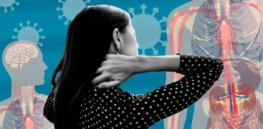
How COVID affects us long after the virus is gone
There are myriad ways that infectious agents — viruses, bacteria, parasites, fungi and prions — can do long-term damage to ...

‘Junk DNA’: The 98% of the human genome that does not encode proteins is often called useless — but the reality is more complicated
The human genome has three billion base pairs in its DNA, but only about 2% of them encode proteins. The ...
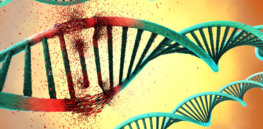
To learn, our brain cells routinely break and rebuild DNA. That insight is sparking a rethink of disease and aging
Faced with a threat, the brain has to act fast, its neurons making new connections to learn what might spell ...
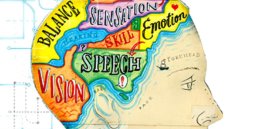
‘Scientists have searched fruitlessly for brain boundaries between thinking, feeling, deciding, remembering, moving and other experiences’ — but that’s not how it works
Not only do researchers often depict the brain and its functions much as mapmakers might draw nations on continents, but ...
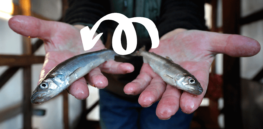
Infographic: Gene transfer mystery — How ‘antifreeze’ genes jumped from one species to another without sex
It isn’t surprising... that herrings and smelts, two groups of fish that commonly roam the northernmost reaches of the Atlantic ...
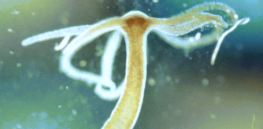
Brainless hydras can tell us a lot about the significance of sleep
It does not have a brain, or even much of a nervous system. And yet, new research shows, it sleeps ...
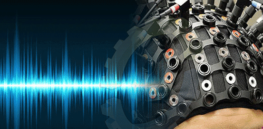
Is machine-based mind control on the near horizon?
Laser beams, ultrasound, electromagnetic pulses, mild alternating and direct current stimulation and other methods now allow access to, and manipulation ...
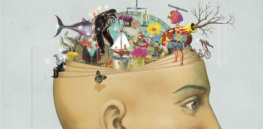
How our brain balances and blends past experiences with current perceptions
Our ability to make sense of our surroundings, to learn, to act and to think all depend on constant, nimble ...
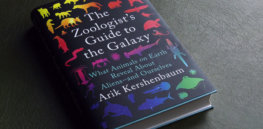
If we ever encounter extraterrestrial life, here’s why they might not seem so alien
[University of Cambridge Professor Arik Kershenbaum] argues that evolution is a universal law of nature, like gravity — and that ...

Exploring the boundary between consciousness and slumber
What was once seen as the neurological equivalent of annoying television static may have profound implications for how scientists study ...
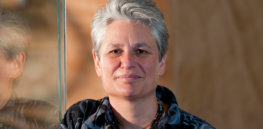
Neuroscientist Catherine Dulac challenges misperceptions about ‘male’ and ‘female’ instincts
Though she is trained as a developmental biologist, [Catherine] Dulac takes her research into territory usually explored by social scientists ...

How nature evolved blue tigers and other quirks of ‘neutral theory’
As late as the 1950s, hunters reported spotting their blue hairs alongside the traditional orange fur of other South China ...

Why does the brain have an area for recognizing objects in general but also for faces in particular? Neural networks could provide answers
[Neuroscientists James DiCarlo and Daniel Yamins] are part of a coterie of neuroscientists using deep neural networks to make sense ...

Epigenetics finding completely upends our understanding of drug addiction
I was taught to scoff at Jean-Baptiste Lamarck and his theory that traits acquired through life experience could be passed on to ...

CRISPR pioneers Emmanuelle Charpentier and Jennifer Doudna awarded 2020 Nobel Prize for Chemistry
The 2020 selection for the Nobel Prize in Chemistry goes to two scientists who share credit for identifying and developing ...

Our heartbeat shapes how we process fear and perceive the world
As the heart, lungs, gut and other organs transmit information to the brain, they affect how we perceive and interact ...
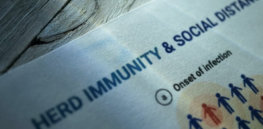
Infographic: COVID-19 herd immunity threshold likely varies from region to region
[A] lot of nuance is involved in calculating exactly how much of the population needs to be immune [to COVID-19] ...

Estrogen slows down adult bone growth, leading to generally taller men and shorter women
Human sexual size dimorphism, the difference in height between males and females, is often touted as a classic example of ...

Stimulating brain waves prompts immune cells to fight against Alzheimer’s disease
Discoveries that transcend boundaries are among the greatest delights of scientific research, but such leaps are often overlooked because they ...

Brain organoids becoming ‘more human’, forcing researchers to grapple with ethical concerns
Though no bigger than a pea, organoids hold enormous promise for improving our understanding of the brain: They can replicate ...

Can computers develop human-like intelligence by imitating our own evolutionary path?
Evolutionary algorithms have been around for a long time. Traditionally, they’ve been used to solve specific problems. In each generation, ...
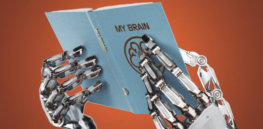
Machines now read faster than we can. But do they understand the words?
In an April 2018 paper coauthored with collaborators from the University of Washington and DeepMind, the Google-owned artificial intelligence company, [computational linguist ...

Inherited learning appears to be real, through epigenetics. But we still aren’t sure how it happens
[S]ome researchers have found evidence that even some learned behaviors and physiological responses can be epigenetically inherited. None of the new ...

Why your brain filters out things you don’t need to see
Scientists have long known that our sensory processing must automatically screen out extraneous inputs — otherwise, we couldn’t experience the ...
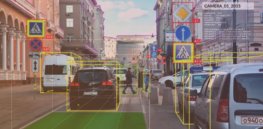
When it comes to vision, computers are beating us at our own game
Does computer vision need inspiration from human vision at all? In some ways, the answer is obviously no. The information ...
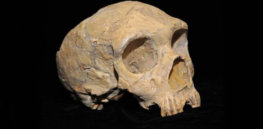
‘Are Neanderthals just another version of us’?
As scientists peer further back in time and uncover evolutionary relationships in unprecedented detail, their findings are complicating the narrative ...
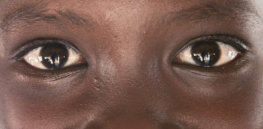
How math could explain the ‘great mystery of human vision’
This is the great mystery of human vision: Vivid pictures of the world appear before our mind’s eye, yet the ...

